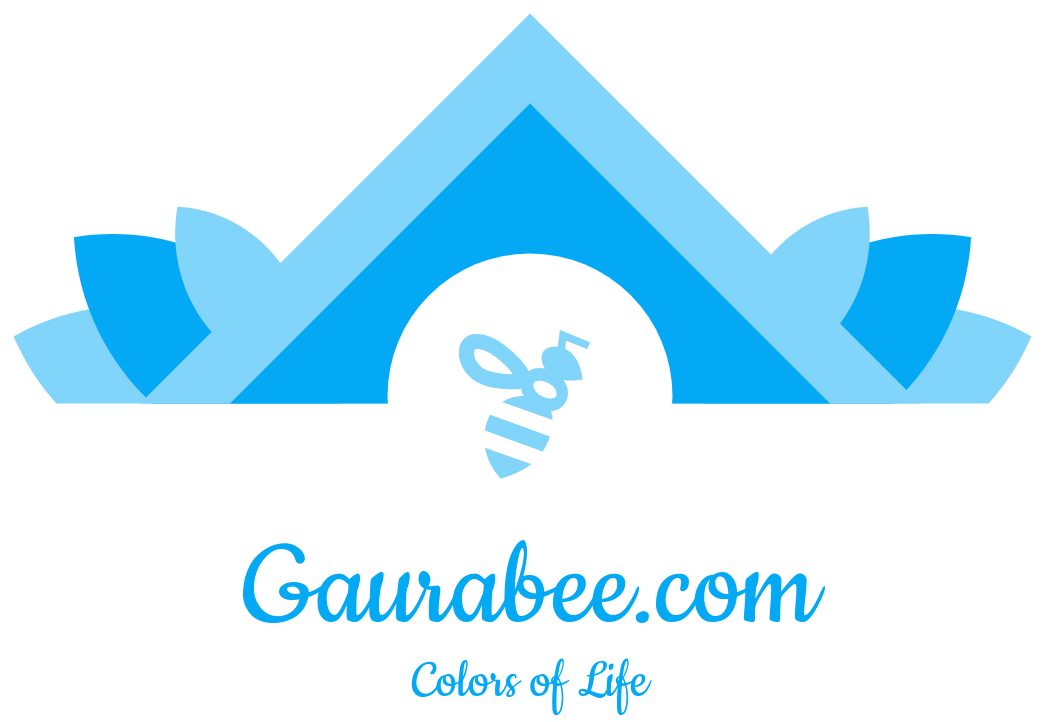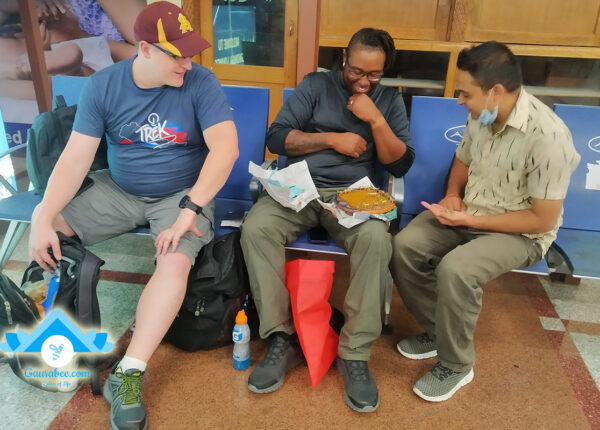
When we were in school, January 1st was just a new year day; no other fancy day was associated to it. However, now on this day, Nepalese community inside and abroad observe it as Topi Diwas – International Nepali Cap Day. Not just men, even women wear it and post on social media – as a gesture of observing the coveted day. Have you ever contemplated – who started it?
Generally, the day like this is either declared by the government of the concerned country or endorsed by the assembly of United Nations. In case of Topi Diwas, neither of that happened. Then let’s talk about the elephant in the room. Who started the International Nepali Cap Day and why the Nepalese community observed it voluntarily?
To get an answer, we need to get back to 2012. The then Government of Nepal, led by Dr. Baburam Bhattarai removed Daura Suruwal, Topi and Guniyo Choli from the list of national dress. “Nepal is the country of multiple ethnicity and cultural diversity; and the dress of ‘dominating’ Brahman-Chhettri tribe couldn’t be represented as the national dress” – This might have been the guiding principle of the former revolutionary leader who took the throne from the king.
Two years later, on the occasion of new year 2014, group of youths – donning Dhaka Topi – gathered at Maitighar Mandala. It is the center usually occupied by cadres of political parties to push their political agenda. But that day, the youths were under the banner of Jagaruk Yuva Abhiyan demanding the recognition of Dhaka Topi as a national identity and protect the Nepalese culture. Since then the youths started observing the day as an annual campaign.
Although there were initially handful of youths donning Dhaka Topi on the new year day, it eventually became a national celebration specially fueled by social media. After the public icons like Haribansha Acharya and Anil Keshari Shah endorsed it in their social media, almost everyone in the internet followed the trend. It was like if someone doesn’t post a selfie with Nepali cap on Instagram and Facebook, it seems he or she is not the part of the “society”. In that way, despite no formal endorsement, the Topi Diwas became a matter of public celebration among Nepalese community.

Photo Courtesy: Prabin Koirala/Republica
Of course, there are some debates and controversy regarding the choice of national dress. If we respect all the ethnicities and their culture, I think it shouldn’t be an issue. Almost every country has a set of cultural attire as a symbol of their national unity. There are 123 different ethnicities in this small country with varieties of cultural costumes. We can’t hybridize all of them to come up with an idea of ‘inclusive’ national dress. Daura Suruwal, Topi (for men) and Guniyo Choli (for women) have already been established in the heart of all Nepalese, regardless of the culture. Unless we do not force anyone to wear anything, there’s nothing wrong to choose Dhaka Topi, as the symbol of our national identity.
Prime Minister Sher Bahadur Deuba, after returning from the COP26 summit, talked to the media stating that the US President Joe Biden seeing his Dhaka Topi recognized him immediately as the Nepalese PM. Moreover, there are instances of Nepalese Muslims going to Mecca for hajj, with the Dhaka Topi on their head. Therefore, it’s futile to label this attire to only one ethnicity. Topi isn’t just a piece of cloth; it’s an identity of Nepal and all the Nepalese.
Be proud to wear it.
Happy International Nepali Topi Day! and Happy New Year!

Photo Courtesy: Routine of Nepal Banda






